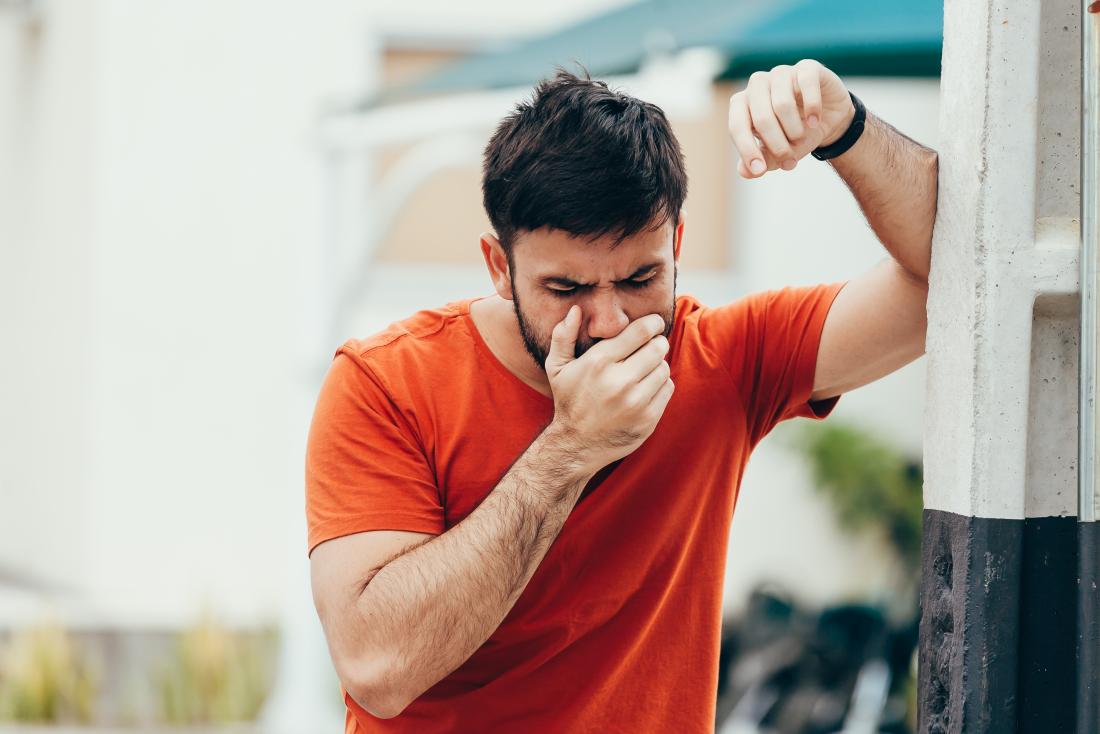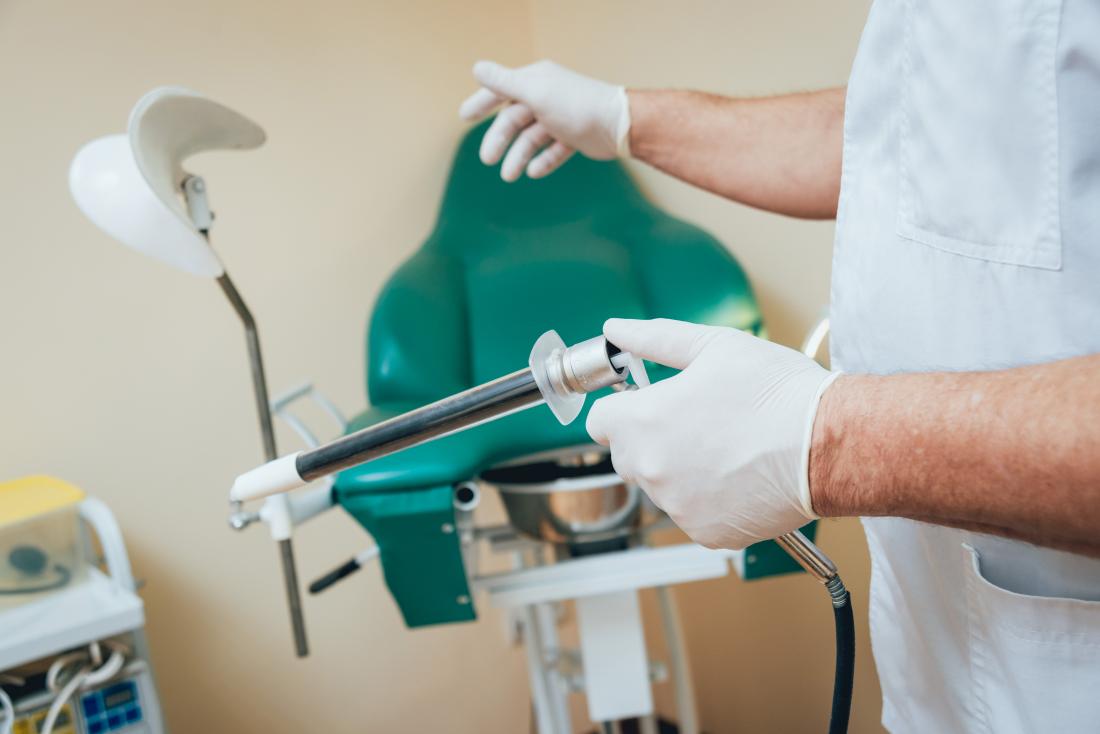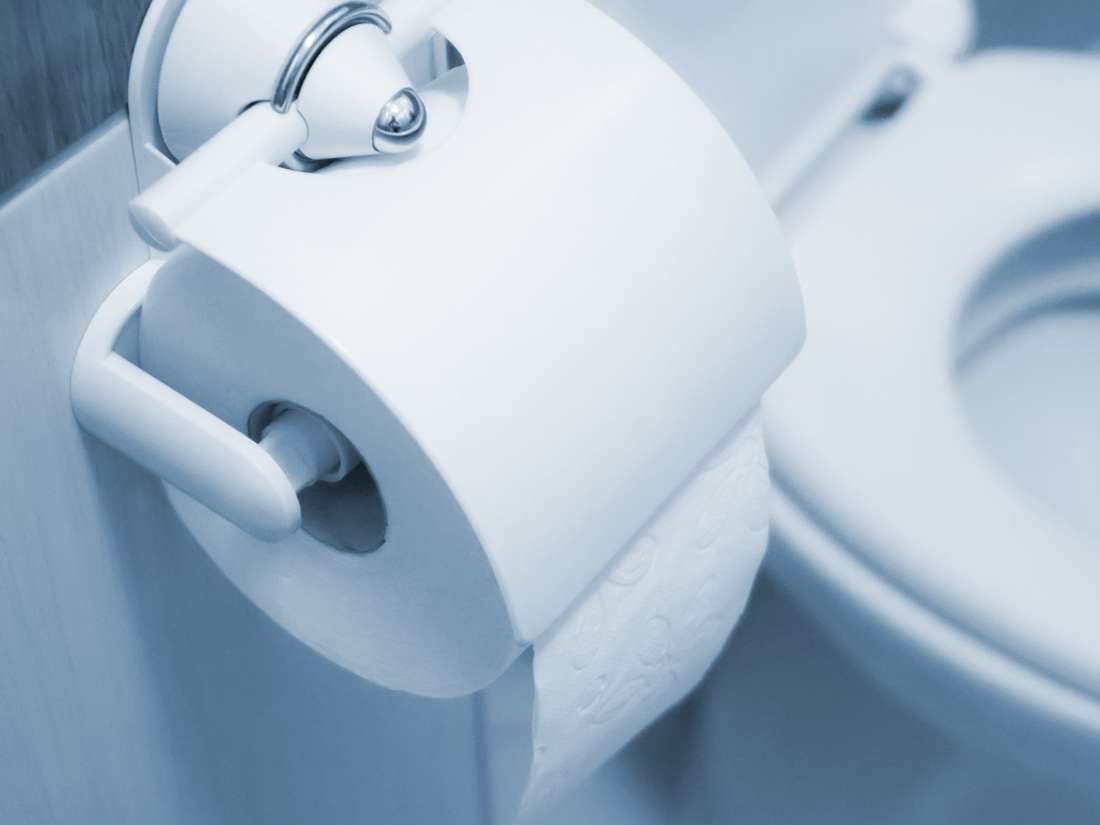The rectum is the final portion of the large intestine. Stool travels through it before exiting the anus. The rectum is close to many other pelvic organs and typically sits next to the lower backbone or sacrum.
If a person experiences rectal pressure, they should talk to their doctor about potential causes and treatment options. A person should not feel embarrassed to talk about it with their doctor, as it is a common symptom of many treatable problems.
Causes
The possible causes of rectal pressure include:
Constipation

A person with rectal pressure may frequently feel the urge to use the toilet.
Constipation is when stool becomes difficult to pass or when a person passes stool less frequently than usual.
When a person is constipated, their stool may become hard and dry, which can increase feelings of pressure in the rectum.
Common symptoms of constipation include:
- feeling as if the bowels are not emptied, even after a bowel movement
- having three bowel movements or less a week
- having stool that is lumpy, dry, or hard
- straining when going to the bathroom
While everyone experiences occasional bouts of constipation, chronic constipation can be uncomfortable and may be due to another gastrointestinal condition.
Hemorrhoids
Hemorrhoids are swollen veins that can occur in the rectum itself or around the anal opening.
While external hemorrhoids around the anal opening are usually visible or a person can feel them, they cannot usually tell when they have internal hemorrhoids in the rectum.
In addition to rectal pressure, hemorrhoid symptoms include:
- burning when having a bowel movement
- itching around the rectal area
- small amounts of blood on toilet paper after passing stool
According to the American College of Gastroenterology, an estimated 50 percent of people in the United States will have experienced hemorrhoids by the time they are 50 years old.
A person is at greater risk for hemorrhoids when pregnant if they have a history of constipation, and as they age.
Anal abscess or fistula
An anal abscess is a pus-filled area around the anus. An abscess can occur when something blocks an anal gland and bacteria multiply.
If a person does not receive treatment for the anal abscess, it can develop into a fistula. The fistula creates a tunneled area between the abscess and the buttocks.
Symptoms of an anal abscess or fistula include:
- drainage from the anal canal that may be foul-smelling
- fever
- pain
- swelling of the anal opening
People with Crohn’s disease are at greater risk of experiencing an anal abscess or fistula. Sometimes, a fistula may require surgical treatment.
Anal fissure
An anal fissure occurs when a portion of the lining in the rectum or anus tears.
Passing a large bowel movement or passing stool forcefully can cause this tear to occur.
In addition to rectal pressure, a person may also experience rectal bleeding and pain, particularly when having another bowel movement.
Fecal incontinence
Fecal incontinence occurs when a person cannot control when they have a bowel movement. They may accidentally pass stool before they reach a toilet.
In addition to rectal pressure, a person may pass mucus. The stool is often loose and diarrhea-like.
Conditions such as chronic constipation, nerve damage, or muscle injury can lead to incontinence.
This condition can greatly affect a person’s quality of life, but many treatments are available to reduce or stop symptoms.
Prostatitis

Nausea and vomiting are potential symptoms of prostatitis.
Prostatitis is a condition that occurs when the prostate, which is a small gland in males that helps produce semen, becomes inflamed. Prostatitis is usually due to a bacterial infection, but it can occur without a known cause.
As well as rectal pressure, prostatitis can cause symptoms, including:
- blood in the urine
- difficulty urinating
- a constant urge to urinate
- nausea
- pain between the scrotum and anus
- pain in the penis
- painful ejaculation
- vomiting
Treatments for prostatitis depend upon the underlying cause.
Rectal prolapse
Rectal prolapse is when the rectum slides out of the anus, turning inside out due to a loss of the connections that usually keep it in place.
A person with rectal prolapse may have a sensation that something is falling out of their rectum as they have a bowel movement. Sometimes, a person may mistake rectal prolapse for hemorrhoids.
Additional symptoms associated with rectal prolapse include:
- difficulty feeling when they need to pass stool
- incontinence, or passing stool accidentally
- mucus coming from the rectum
- painful bowel movements
Without treatment, rectal prolapse can worsen over time.
Ulcerative colitis
Ulcerative colitis (UC) is a form of inflammatory bowel disease (IBD) that causes inflammation and ulcers in the large intestine, including the rectum.
The condition is chronic, so a person with UC will learn to manage flare-ups but will also experience periods without symptoms when it is in remission.
Signs that a person may have UC include:
While doctors do not know what causes UC, they do know people with a family history of IBD are more likely to develop it.
Diagnosis

A doctor may use an anoscope to diagnose the cause of rectal pressure.
To diagnose the cause of rectal pressure, a doctor will take a person’s health history and ask about their symptoms. They may ask when a person first noticed the pressure and if anything makes the pressure worse or better.
A doctor will usually perform a physical examination of the rectum. They may insert a gloved finger to see if they can feel any abnormalities, such as hemorrhoids.
A doctor may also recommend further studies to examine the rectum. This includes the insertion of an instrument called an anoscope or a sigmoidoscope. These are thin pieces of equipment with a camera and light on the end that allow a doctor to see the inside of the intestine to view any problems.
A doctor may also use imaging studies, such as X-rays, CT scans, or MRI scans to identify abnormalities, for example, tumors, abscesses, or fistulas.
Other diagnostic tests include anorectal manometry, which is when a doctor measures the average pressure in a person’s rectum.
Treatment
The treatment for rectal pressure will depend on the underlying cause.
People can treat occasional constipation at home with over-the-counter laxatives and by eating more fiber and drinking plenty of water.
A doctor may also prescribe medications to treat chronic constipation.
If a person has prostatitis, a doctor will usually prescribe antibiotics to treat the underlying infection.
If a person has a chronic condition, such as UC, Crohn’s disease, or chronic prostatitis, a doctor can prescribe medications to help manage their symptoms.
Sometimes, a doctor may recommend surgery to correct issues such as rectal prolapse or anal fistulas.
When to see a doctor
A person should see a doctor if rectal pressure becomes a regular occurrence.
If they experience signs of acute infection or bleeding, they should seek medical attention as soon as possible.
Summary
Rectal pressure is a common symptom of many different conditions. Unless rectal pressure is due to occasional constipation, people should see a doctor for a diagnosis.
A doctor can recommend effective treatments for rectal pressure and provide advice and medications to prevent it from happening in the future.
